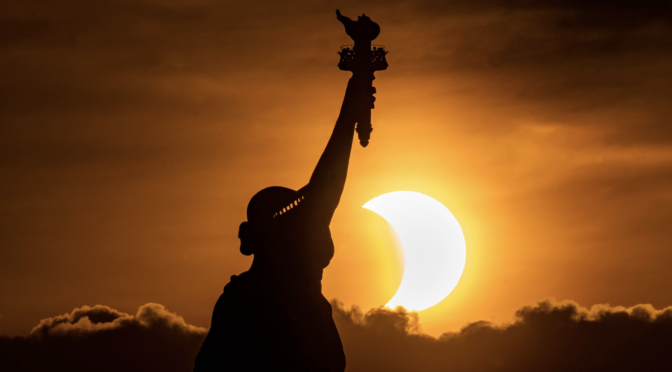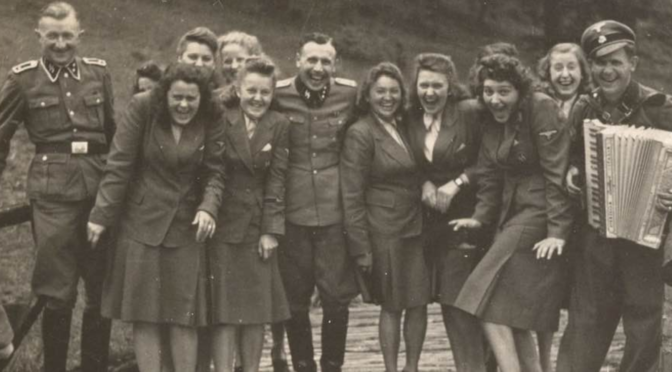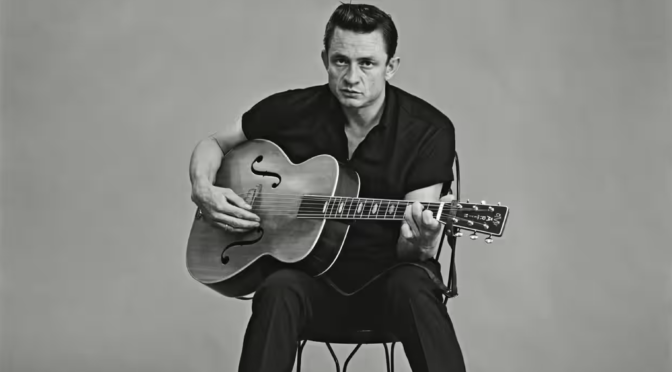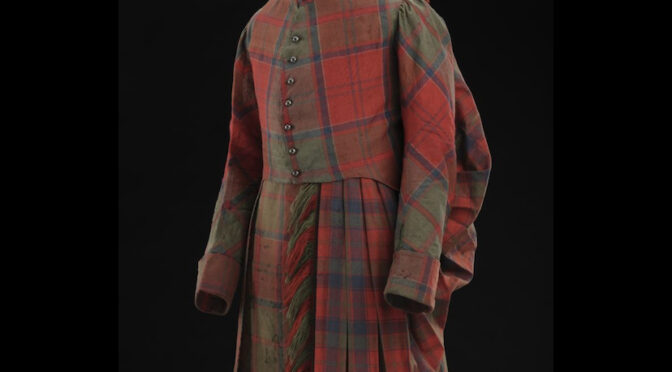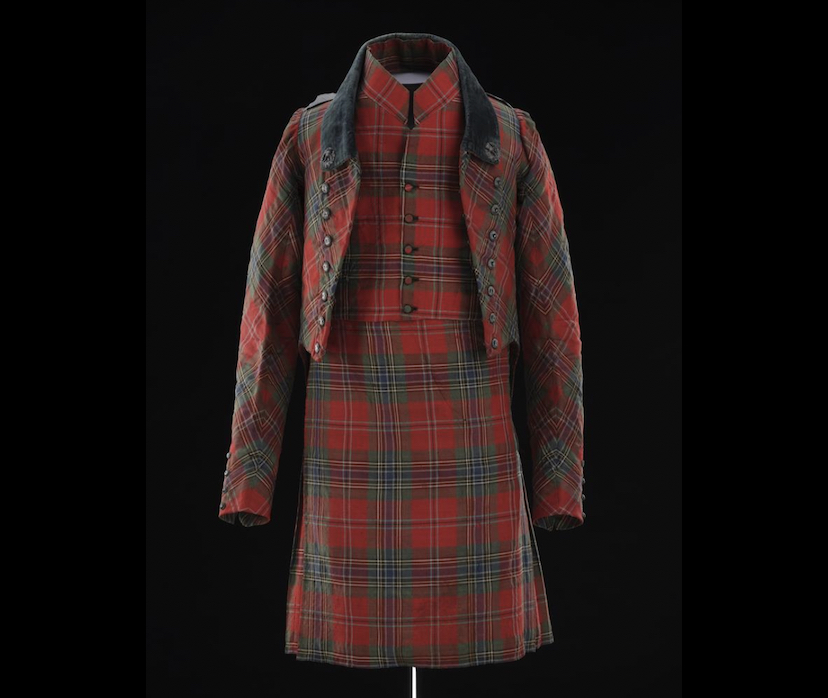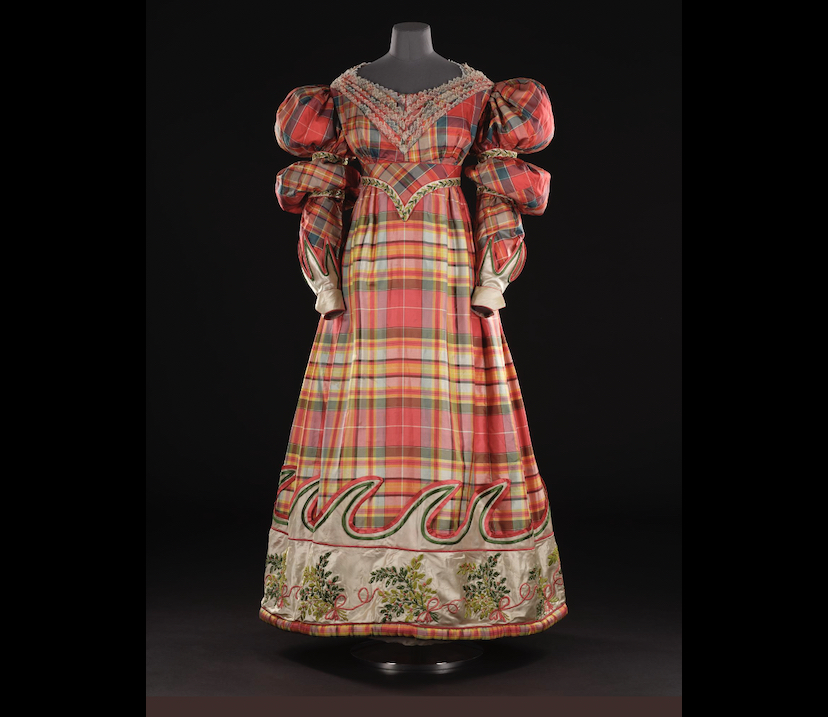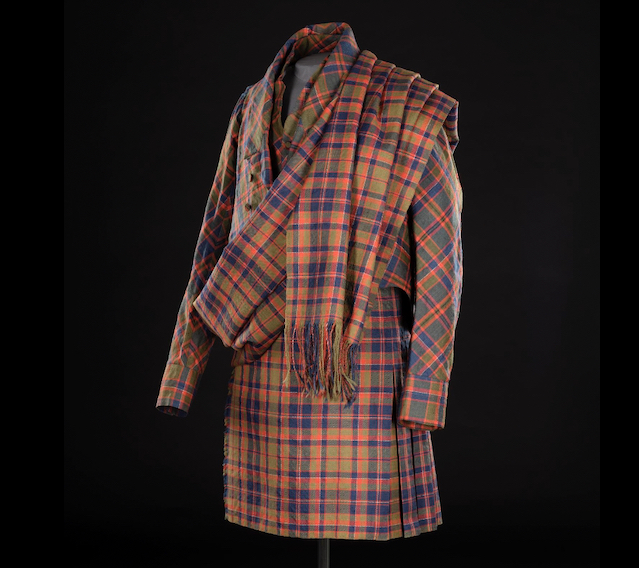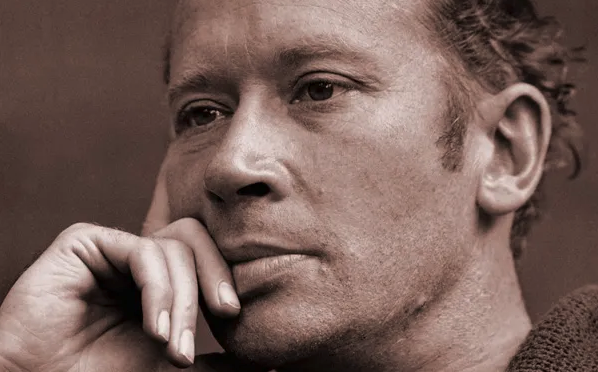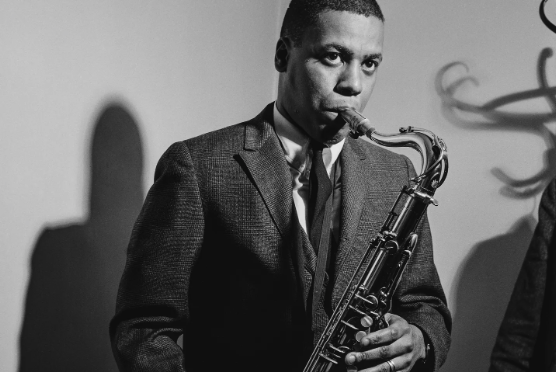Millions voted for Trump despite plentiful warnings that he’d fill the Supreme Court with corrupt far-right activists in the pay of conservative billionaires who’d enable anti-democratic power grabs. Millions didn’t believe Trump could be so deeply hateful and vengeful. They refused to believe that he’d gleefully attack the laws, customs, welfare, and the Constitution of the United States that he was hired to protect.
Yet here we are.
Now the Supreme Court’s intentional delays and anti-Constitutional rulings have removed the possibility of a public trial examining Trump’s treasonous incitement of a deadly riot until after November’s presidential election. Six “justices” have impeded justice for a man who believed his own vice president deserved a public lynching on the Capitol grounds because of a refusal to subvert Constitutional requirements at Trump’s command.
Those who voted for Trump in 2016 were too naive and trusting, and too willing to ignore the signs of his incipient fascism. In their fear and misapprehension, they made excuses for his blatant and repeatedly proven financial corruption, racism, and misogyny. They bought his lies and repeated them in his service. They have no excuses now.
Trump has shown us who he is, repeatedly, publicly, and dramatically, thousands of times. We all know what he wants to do.
But building hatred toward those who voted us into this deadly, dangerous, chaotic man’s orbit will not stop him. That kind of vengeful thinking builds monsters like Trump, and leads to terrorism and civil war. We must love what this nation could be enough to fight for it—nonviolently and lawfully. And we must love the elements of human decency that most people, including those who consider voting for him, still hold in their hearts. We must remember their humanity. Let’s reach out in kindness, despite the irrational fears and anger that Trump has so masterfully created in them. The need to save our democracy should be greater to us than the desire to avoid annoyance and frustration, or the impulse to smugly insult Trump supporters’ choices and fears.
Does that mean we need to be polite and quiet when they roll over us? Never. We must be bold and loud and persistent. But we must respect others’ humanity as we amplify truths and persistently correct misapprehensions about Trump. We must point to the current administration’s successes, and remind people of Trump’s egregious actions while in power.
Do not be defeatist or fatalistic. When you’re fighting a monster who’s burning the gates to your city, you don’t give in because it’s tiring and sweaty work. You don’t take a nap when a fire-breathing dragon sets your baby’s crib alight. If we give in, our home will burn to the ground if we don’t do our part to save it.
We’re all tired. We’re all disgusted. So were millions in Hitler’s Germany who used their disgust over and fear of and exhaustion with fascism as excuses to turn their backs on the destruction of their nation from within. If they made it out alive, they had to live with the consequences of their fear and inaction for the rest of their lives. They had to watch their beautiful and beloved homeland’s people (and people from around the world) lose freedoms, be ground in the dirt, suffer, even die because of their leader’s unchecked power.
Don’t set yourself up to feel that kind of sorrow and shame.
Get angry.
Push back.
Speak up.
VOTE.
At Top:
The Statue of Liberty during a solar eclipse, June 2021 | Anthony Quintano, Wikimedia Commons (CC-by-2.0)

